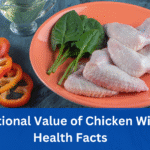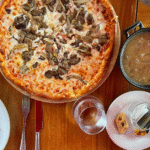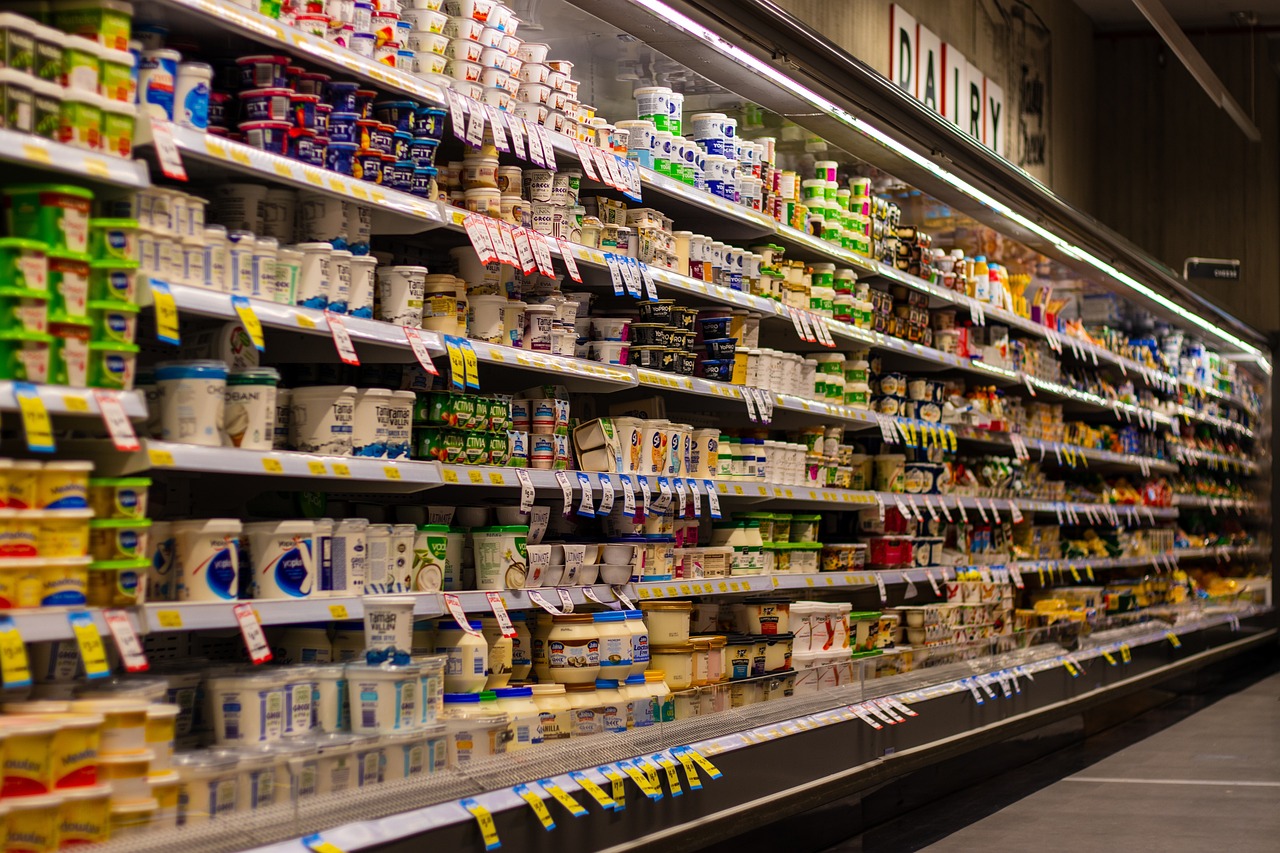In an unpredictable world, being prepared for emergencies is essential. Whether facing natural disasters, economic instability, or planning for off-grid living, having a well-stocked supply of survival foods ensures that you and your loved ones remain nourished during challenging times. This comprehensive guide explores the best foods to buy for survival, focusing on items with long shelf lives, high nutritional value, and ease of preparation.
1. Introduction
Emergencies can strike without warning, disrupting food supply chains and access to fresh produce. In such scenarios, having a stockpile of survival foods becomes crucial. These foods should be non-perishable, nutrient-dense, and easy to prepare, ensuring sustenance when conventional food sources are unavailable.
2. Key Factors When Choosing Survival Foods
When selecting foods for survival situations, consider the following:
-
Long Shelf Life: Opt for items that can last months or years without refrigeration.
-
High Nutritional Value: Choose foods rich in essential nutrients to maintain health.
-
Minimal Preparation Required: Foods that require little to no cooking are ideal.
-
Lightweight and Compact: Especially important if mobility is necessary.
-
Resistant to Spoilage: Select items that can withstand varying temperatures and conditions.
3. Best Food Categories for Survival
3.1 Canned Goods
Canned foods are staples in survival kits due to their longevity and convenience.
-
Canned Meats: Tuna, chicken, salmon, and sardines provide essential proteins and fats.
-
Canned Vegetables and Legumes: Offer vital vitamins and fiber.
-
Canned Soups and Stews: Serve as complete meals with a mix of nutrients.
Shelf Life and Storage Tips: Store in a cool, dry place. Regularly check for dents or bulging cans, which may indicate spoilage.
3.2 Dry and Dehydrated Foods
These are lightweight and have extended shelf lives.
-
Freeze-Dried Meals: Retain nutritional value and require only water for preparation.
-
Dehydrated Fruits and Vegetables: Provide essential vitamins and can be eaten as snacks or rehydrated for meals.
-
Instant Oatmeal and Cereals: Quick energy sources that are easy to prepare.
Advantages: Lightweight, compact, and often require only water to prepare.
3.3 Grains and Staples
Grains are versatile and form the base of many meals.
-
Rice (White and Parboiled): Long shelf life and a good source of carbohydrates.
-
Rolled Oats: Can be used for breakfast or baking.
-
Pasta and Noodles: Easy to cook and store.
-
Quinoa and Other Whole Grains: High in protein and fiber.
Storage: Use Mylar bags or airtight containers to protect against pests and moisture.
3.4 Legumes and Pulses
Rich in protein and fiber, legumes are essential for a balanced diet.
-
Lentils, Chickpeas, Black Beans: Can be stored dry and cooked as needed.
Benefits: Affordable, nutritious, and versatile in meal preparation.
3.5 Protein Sources
Maintaining protein intake is vital during emergencies.
-
Powdered Eggs: Long shelf life and useful in various recipes.
-
Jerky (Beef, Turkey, Plant-Based): Portable and high in protein.
-
Peanut Butter and Other Nut Butters: Energy-dense and require no refrigeration.
-
Protein Bars and Meal Replacement Shakes: Convenient and nutrient-rich.
3.6 Fats and Oils
Essential for cooking and energy.
-
Coconut Oil: Long shelf life and versatile in cooking.
-
Ghee (Clarified Butter): Stable at room temperature.
-
Shelf-Stable Shortening: Useful for baking and frying.
3.7 Baking and Cooking Essentials
These items enhance meal preparation.
-
Salt and Sugar: Essential for flavor and preservation.
-
Baking Soda and Yeast: Necessary for baking bread and other goods.
-
Spices and Seasoning Blends: Improve taste and variety in meals.
3.8 Snacks and Comfort Foods
Boost morale and provide quick energy.
-
Trail Mix and Granola Bars: Nutrient-dense and portable.
-
Chocolate or Hard Candy: Long-lasting treats.
-
Shelf-Stable Crackers: Pair well with canned goods and spreads.
4. Emergency Rations and MREs
Meals Ready-to-Eat (MREs) are complete meal solutions designed for military use but are also available for civilian emergency preparedness.
-
Pros: Long shelf life, no preparation needed, and compact.
-
Cons: Higher cost, limited variety, and may be high in sodium.
Commercial Emergency Food Kits: These kits offer a variety of meals with shelf lives up to 25 years, providing convenience and peace of mind.
5. Water Storage and Purification
Water is as crucial as food in survival situations.
-
Bottled Water: Store at least one gallon per person per day for a minimum of three days.
-
Water Purification Tablets or Drops: Useful for treating water from uncertain sources.
-
Portable Water Filters and Life Straws: Allow for filtration of water on the go.
Safe Water Storage Practices: Keep water in food-grade containers, away from chemicals, and in a cool, dark place.
6. Storage Tips for Long-Term Survival Food
Proper storage extends the shelf life and safety of your food supply.
-
Cool, Dark, Dry Places: Prevents spoilage and preserves nutritional value.
-
Using Oxygen Absorbers: Reduces oxidation and extends shelf life.
-
First-In, First-Out (FIFO) Rotation: Use older items first to maintain freshness.
-
Regularly Check Expiration Dates: Ensures food is safe to consume.
7. Budget-Friendly Survival Food Shopping Tips
Preparing for emergencies doesn’t have to break the bank.
-
Buy in Bulk: Economies of scale reduce cost per unit.
-
Prioritize Nutrition and Shelf Stability: Focus on items that offer the most value.
-
Rotate Items with Your Regular Groceries: Prevents waste and keeps your stockpile fresh.
-
Look for Deals at Warehouse Stores: Discounts on bulk purchases can lead to significant savings.
8. Conclusion
Building a survival food supply is a proactive step toward ensuring safety and well-being during unforeseen events. By selecting a variety of non-perishable, nutritious, and easy-to-prepare foods, you can create a stockpile that meets your needs and preferences. Remember to store items properly, rotate your stock, and regularly check expiration dates. Starting small and gradually building your supply makes the process manageable and sustainable.
FAQs
Q1: How long should survival food last?
A: Ideally, your survival food should have a shelf life ranging from several months to 25 years, depending on the item and storage conditions.
Q2: What are the best survival foods with the longest shelf life?
A: Foods like white rice, dried beans, powdered milk, and freeze-dried meals can last up to 25 years when stored properly.
Q3: Can I use regular groceries in my survival food supply?
A: Yes, many regular grocery items like canned goods, pasta, and peanut butter are suitable for short to medium-term storage.
Q4: How much food should I store per person?
A: A common recommendation is to store at least a three-day supply of non-perishable food per person, with one gallon of water per person per day.
Q5: Do I need a special storage area for survival food?
A: While not mandatory, a cool, dry, and dark place like a basement or pantry is ideal for extending the shelf life of your survival food.





